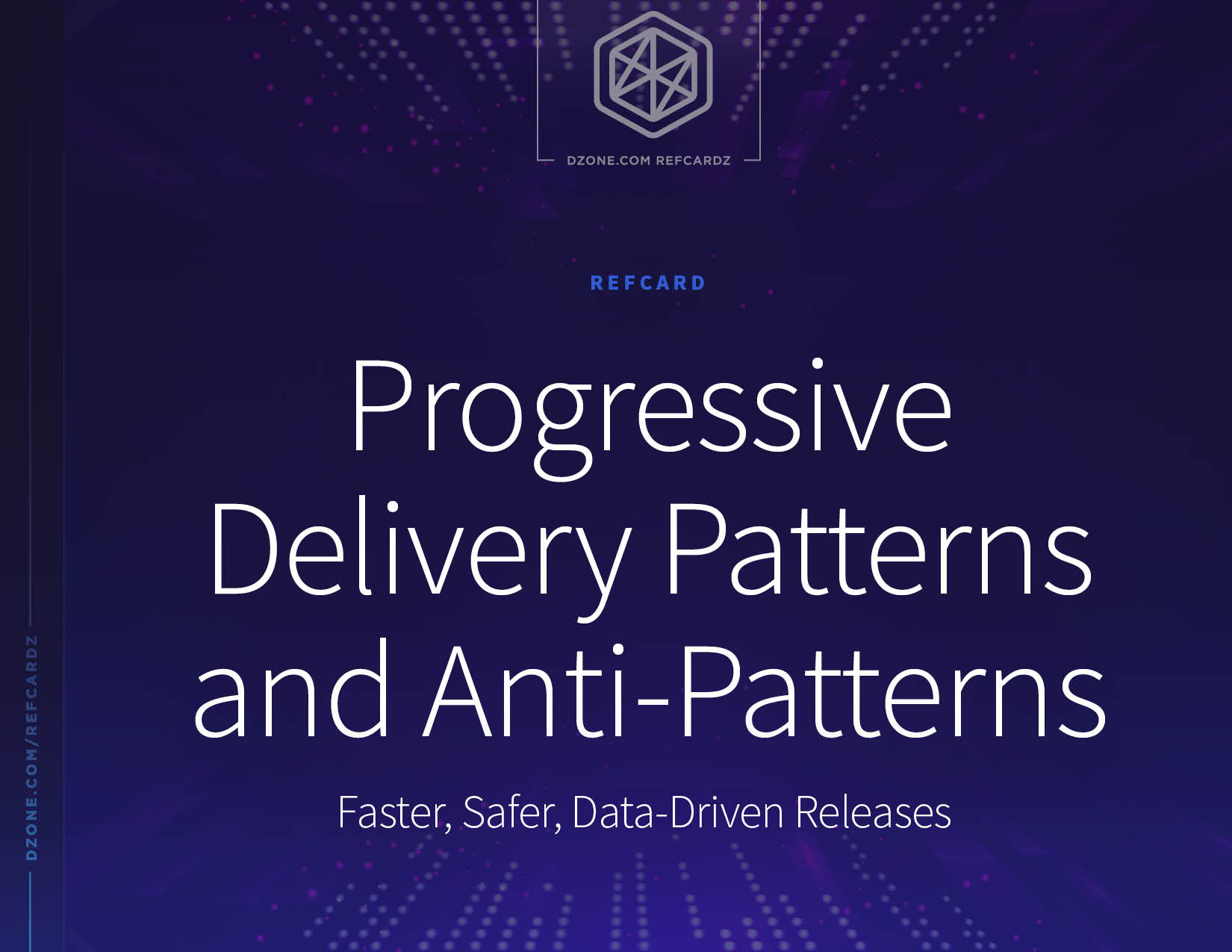Introduction
Best practices for developing, building, deploying, and operating software have evolved significantly over the last two decades. Software delivery cycles no longer take 18 months, or even six months; it’s now just a matter of weeks, days, or even hours. Two of the biggest developments were the adoption of continuous integration and continuous delivery (CI/CD).
This is a preview of the Progressive Delivery Patterns and Anti-Patterns Refcard. To read the entire Refcard, please download the PDF from the link above.

